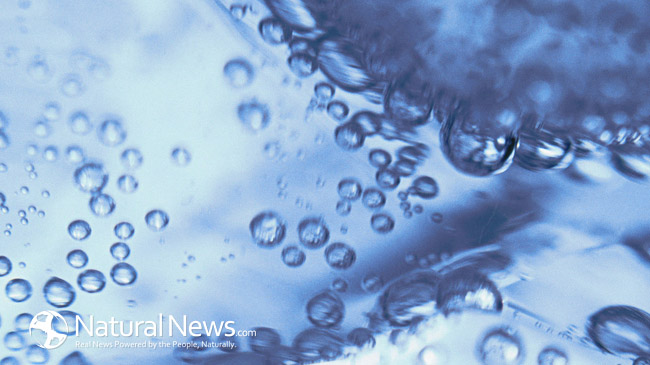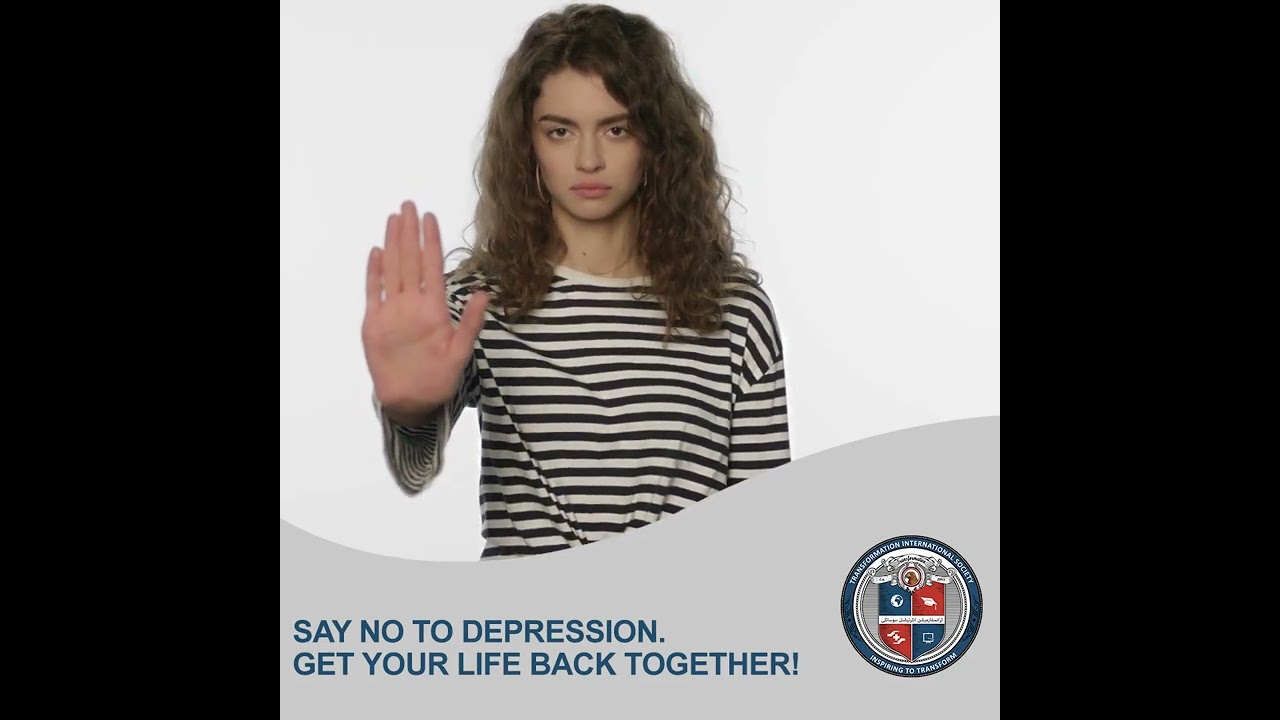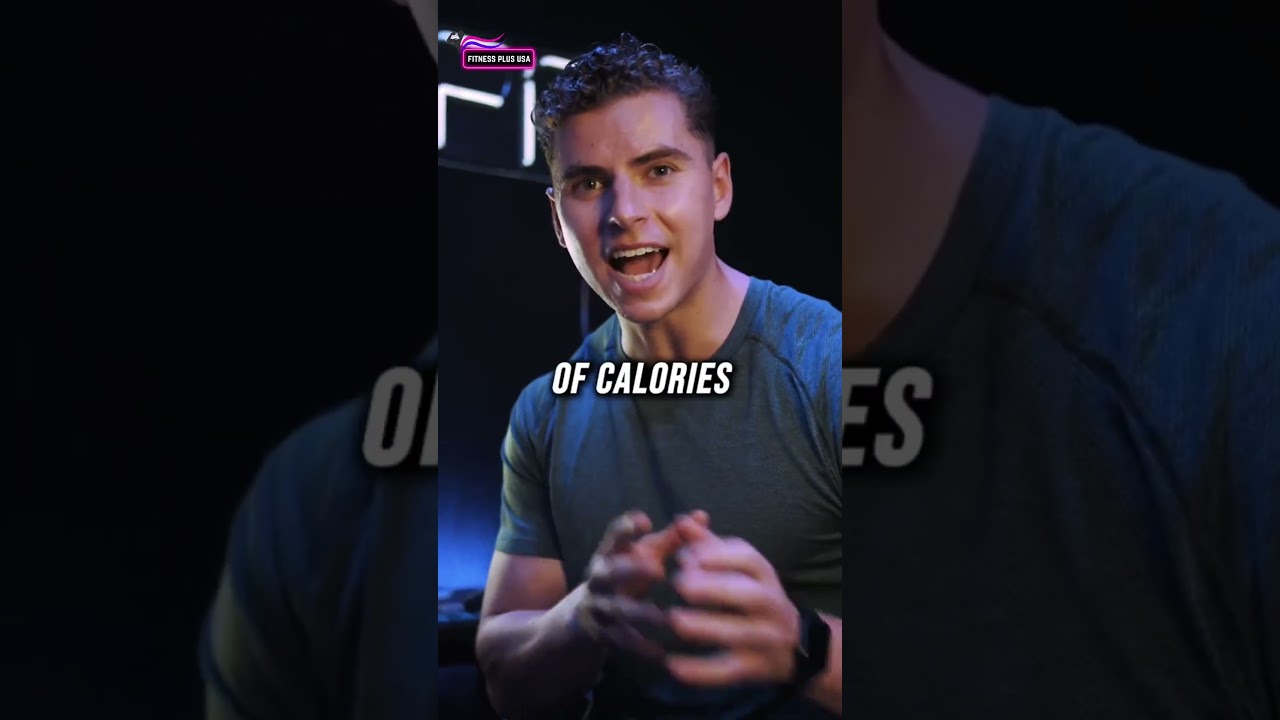Cold therapy, termed cryotherapy, has become a popular form of self-care for the body. It can be done in one or more areas of the body and some people have it done on their whole body. The idea behind cryotherapy is that immersing the body in cold temperatures produces several benefits. The most popular approach is called WBA, which means whole-body-cryotherapy. This is when the person puts their whole body in a chamber that has an opening for the head and the water is nearing 200–300°F. The process is quick and lasts only two to four minutes. For best results, this should be a repeated process. Some people even go for 10 days in a row. Some people even go twice per day. Most people use cryotherapy for overall pain alleviation. It numbs nerve pain, so chronic and acute injuries feel better.
There is evidence to back the benefits of cryotherapy. Many people like it for its reduction in arthritic pain. Because of the pain reduction, people feel an increase in mobility and improvement in the physical therapy exercises they are doing to help with arthritis. Cryotherapy has also been shown to help reduce migraine symptoms. Very cold ice packs can be placed on the carotid arteries on the neck which will cool the blood passing through the vessels in the neck area (intracranial vessels). It can also help treat dry and itchy skin. This is called Atopic dermatitis. It improves antioxidant levels in the blood, so inflammation is reduced.
Another purpose of cryotherapy is to help treat cancer. Patients benefit from cryosurgery, which freezes cancer cells that have crystals. It is currently mostly used for prostate cancer. Cryotherapy is also used for dementia and Alzheimer prevention. It helps reduce the inflammatory effects of oxidative stress that occur with Alzheimer’s. Research has also shown its ability to help with mood disorders, particularly depression and anxiety. This is because the hormonal responses following the release of endorphins, adrenaline, and noradrenaline.
After cryotherapy, some people experience redness of the skin, tingling, or stinging. It should never be done for long periods of time in one session, nor should you ever ice one area for more than 20-minute intervals. Anyone who has nerve damage or diabetes shouldn’t do cryotherapy. It is also recommended to wear socks and gloves to help protect against frostbite. Wearing loose fitting clothes after, such as sweats, is a good idea to travel home in. Individual results vary. Sessions can range from $50 to $80 each time.
Some people just don’t like cold, while others can take a polar plunge no problem. There are health and self-care approaches suited for everyone. At some point we have all iced an injury, so we are aware of the effects of cold therapy. Cryotherapy taps into the benefits of cold treatment even more so. Natural remedies to naturally help ourselves feel better, can help us live life with more quality and less interruption.
Use of Cryotherapy for Managing Chronic Pain: An Evidence-Based Narrative – PMC (nih.gov)



